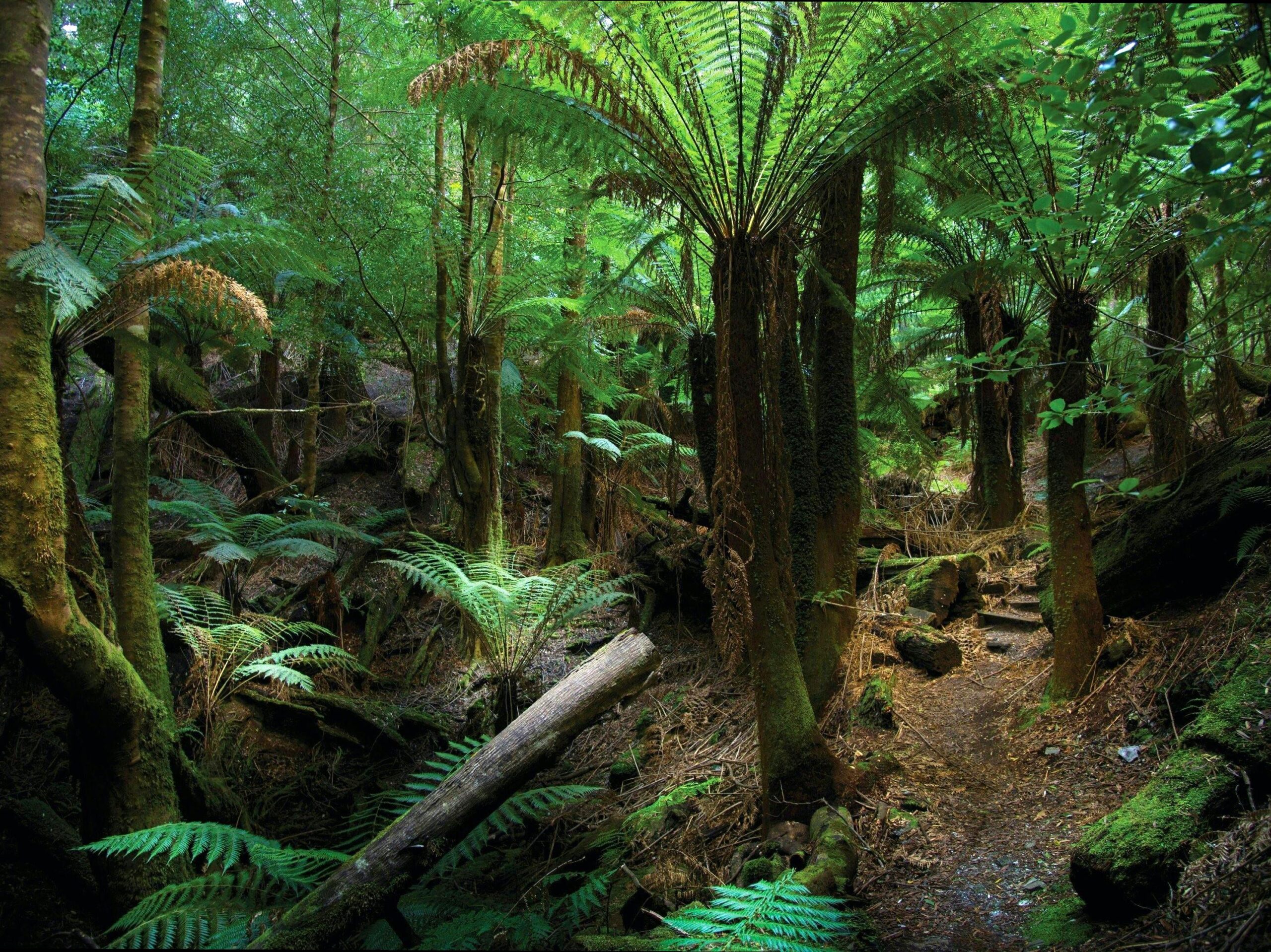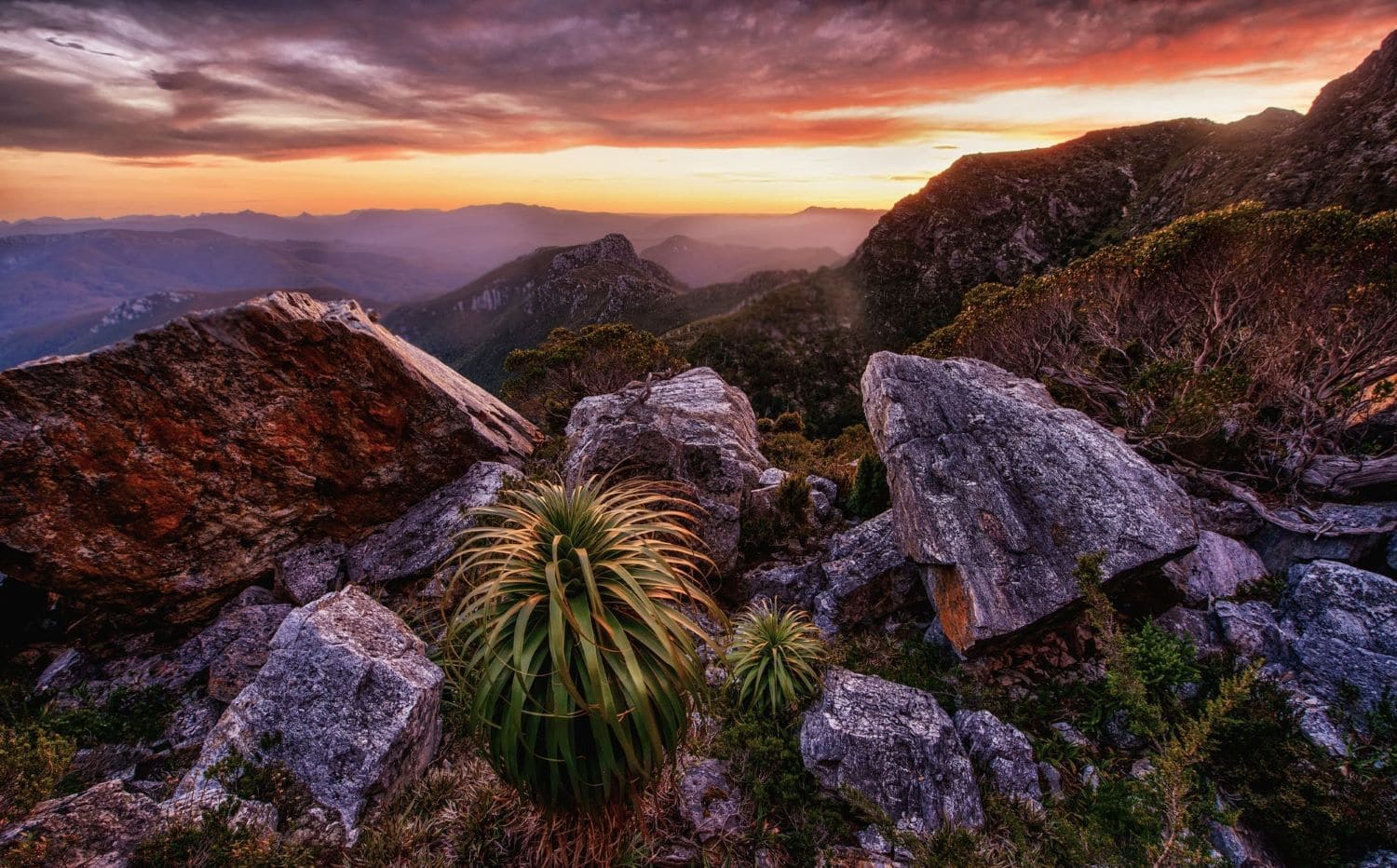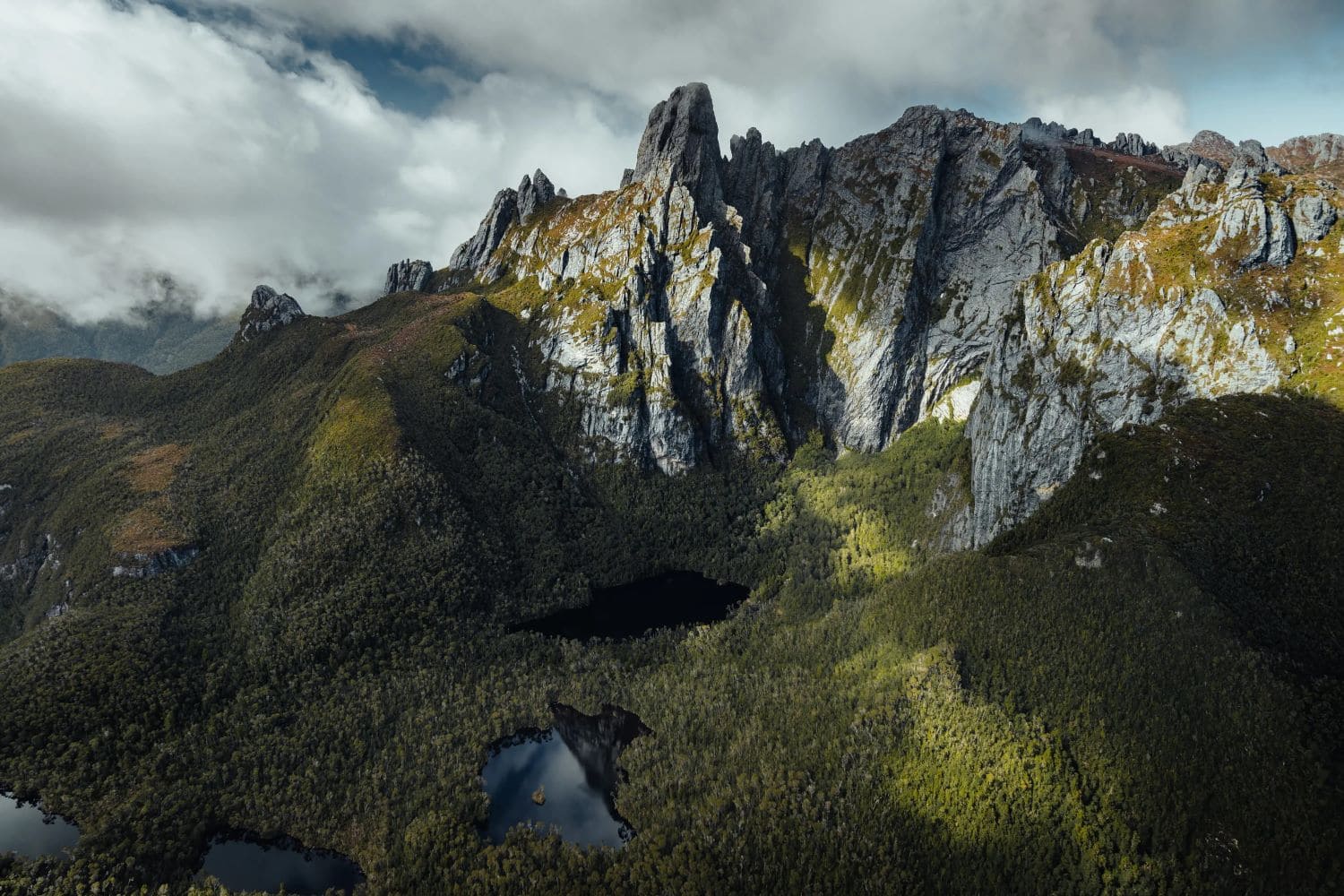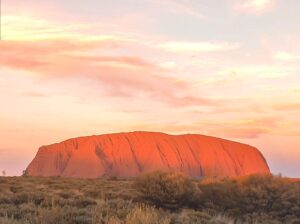
Tasmania, an island state of Australia, is often celebrated as a wilderness wonderland. With its stunning landscapes, diverse ecosystems, and rich biodiversity, it’s a haven for nature lovers. From pristine beaches to rugged mountains, Tasmania offers a unique adventure that captivates the hearts of outdoor enthusiasts, hikers, and wildlife observers. This article delves into the enchanting features of Tasmania’s wilderness, showcasing why it stands as a premier destination for those seeking an unspoiled natural experience.
Untamed Landscapes for Adventure
Tasmania’s landscapes are as varied as they are breathtaking, encapsulating everything from dense rainforests and wild rivers to towering mountains and dramatic coastlines. One of the most popular areas is the Tasmanian Wilderness World Heritage Area, which includes vast stretches of untouched forests, alpine regions, and coastal reserves. Hikers can find numerous trails such as the Overland Track, an iconic six-day trek that leads through spectacular scenery including glacial lakes and craggy peaks. Moreover, many areas have less-trodden paths that offer solitude and a deeper connection with nature.
For the thrill-seekers, Tasmania features a host of water sports. Kayaking along the pristine coastlines, for instance, allows adventurers to explore hidden coves and spot local wildlife. The temperate rainforest provides a backdrop for rock climbing and abseiling, offering adrenaline-pumping experiences in an unblemished environment. There are also opportunities for mountain biking, especially around towns like Derby, which is famous for its world-class trails. Whether you’re a casual walker or an extreme sports aficionado, Tasmania’s wilderness caters to all levels of experience.

Rich Biodiversity
The rich biodiversity found in Tasmania’s wilderness is one of its most awe-inspiring qualities. Home to numerous endemic species, the island boasts an impressive range of flora and fauna. Be sure to keep an eye out for the elusive Tasmanian Devil, a carnivorous marsupial known for its remarkable vocalizations and fierce demeanor. Among the forests, vibrant plant life flourishes, such as the ancient Huon Pine, which can live for thousands of years. Additionally, Tasmania’s coastline is a crucial habitat for seabirds, including the unique Tasmanian Wedge-tailed Eagle, enhancing the island’s ecological significance.
Tasmania is also part of the migratory path for many bird species. The wetlands and estuaries serve as vital stopovers and breeding grounds, making birdwatching a rewarding activity for enthusiasts of all ages. Guided tours, available in various regions, can increase your chance of spotting both native birds and marine life, such as seals and dolphins. The combination of diverse ecosystems provides a wide variety of habitats, fostering an exceptional environment for biological research and conservation efforts.

Cultural Heritage and Indigenous Influence
Beyond its natural wonders, Tasmania boasts a rich cultural heritage that intertwines with its wilderness. The island is home to the Tasmanian Aboriginal people, who possess a profound connection to the land, cultivated over thousands of years. Many natural sites in Tasmania remain sacred to the Indigenous community and embody their traditions and stories. Guided cultural tours can provide meaningful insight into this heritage, allowing visitors to appreciate the spiritual significance of the land.
The state’s history is also reflected in remarkable stone structures and pathways that were built by Aboriginal communities, which can still be explored today. Engaging with local guides, often of Aboriginal descent, presents opportunities for meaningful conversations about the preservation of land and culture, passing down wisdom important to the region’s identity. This strong tie between culture and wilderness not only enhances the experience for visitors but also encourages responsible tourism that respects Indigenous rights and the environment.

Conservation Efforts Are Key
Preserving Tasmania’s pristine landscapes and ecosystems is essential given the increasing pressures from climate change and development. Various organizations and government bodies actively engage in conservation efforts to protect the island’s unique environment. Initiatives such as habitat restoration, wildlife protection programs, and sustainable tourism practices are at the forefront of these efforts. Volunteer programs are also available, making it easy for nature lovers to lend a hand in preserving this stunning wilderness.
Visitors can support conservation by choosing eco-friendly accommodations and participating in guided tours that prioritize environmental stewardship. Many park rangers and tour guides are deeply passionate about educating travelers about the importance of preserving Tasmania’s natural resources. By promoting responsible visitation, tourists contribute to maintaining the balance between enjoying the wilderness and ensuring its protection for future generations.
Conclusion
Tasmania’s wilderness stands as a true paradise for nature lovers, offering a stunning array of landscapes, rich biodiversity, cultural heritage, and ongoing conservation efforts. It invites adventurers, wildlife enthusiasts, and those seeking tranquility in nature to explore its unspoiled beauty. Whether hiking through the lush forests, kayaking in crystal-clear waters, or engaging in cultural experiences, visitors can find themselves profoundly impacted by the island’s charm. As we continue to cherish and protect this remarkable wilderness, we ensure that future generations can experience the same awe and wonder that Tasmania inspires today.
FAQs
The best time to visit Tasmania for outdoor activities is during the warmer months, from late spring to early autumn (November to April). This is when the weather is generally more temperate, making hikes and water sports more enjoyable.
2. Are there any guided tours available in Tasmania’s wilderness?
Yes, Tasmania offers numerous guided tours that range from wildlife spotting and hiking to cultural experiences. Local guides provide valuable insights into the ecology and heritage of the region.
3. Is it safe to hike in Tasmania?
Hiking in Tasmania is safe as long as you prepare adequately. It’s essential to check trail conditions, bring essential gear, and inform someone about your hiking plans, particularly in remote areas.
4. How can I help with conservation efforts in Tasmania?
You can assist conservation efforts by participating in volunteer programs that focus on habitat restoration, choosing eco-friendly tour operators, and supporting businesses that prioritize sustainability.
5. What unique wildlife can I expect to see in Tasmania?
Tasmania is home to unique wildlife, including the Tasmanian Devil, Eastern Grey Kangaroos, and various endemic bird species. It’s an excellent destination for wildlife enthusiasts looking to observe these creatures in their natural habitats.


